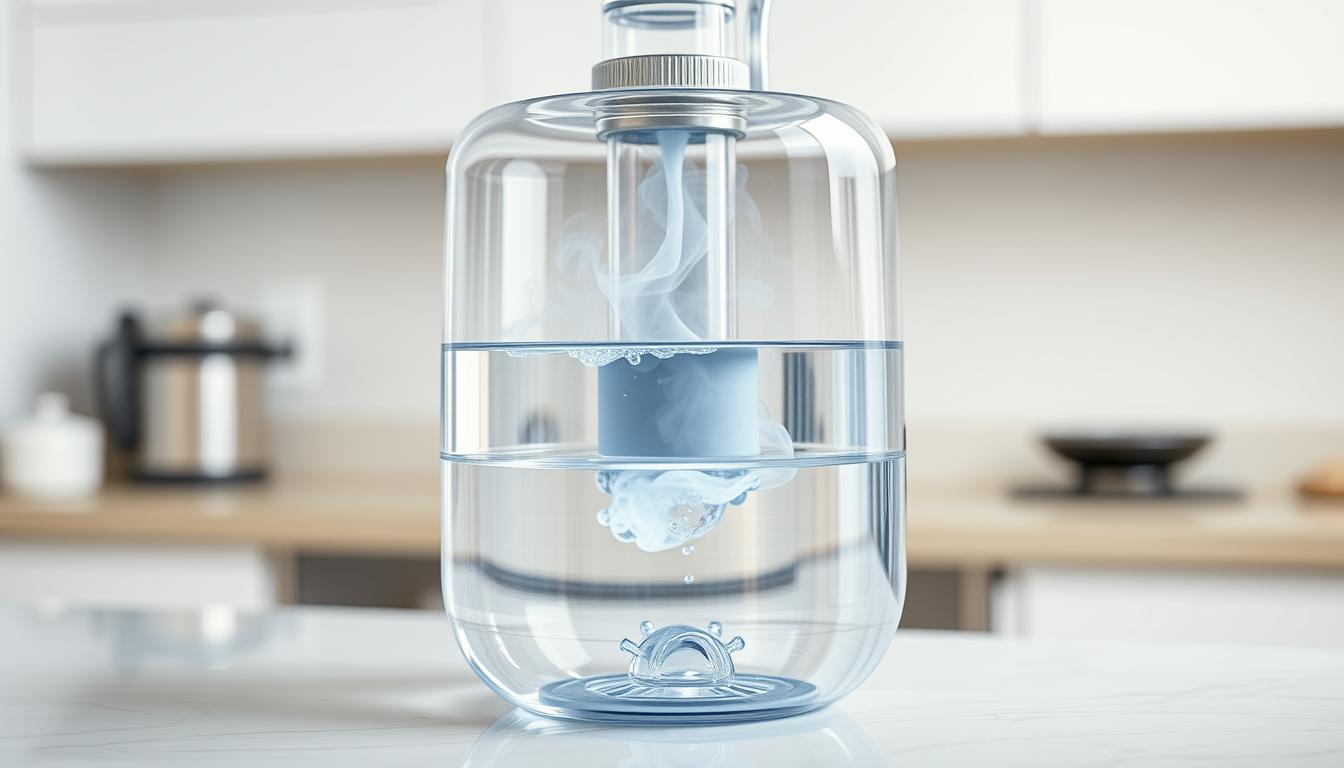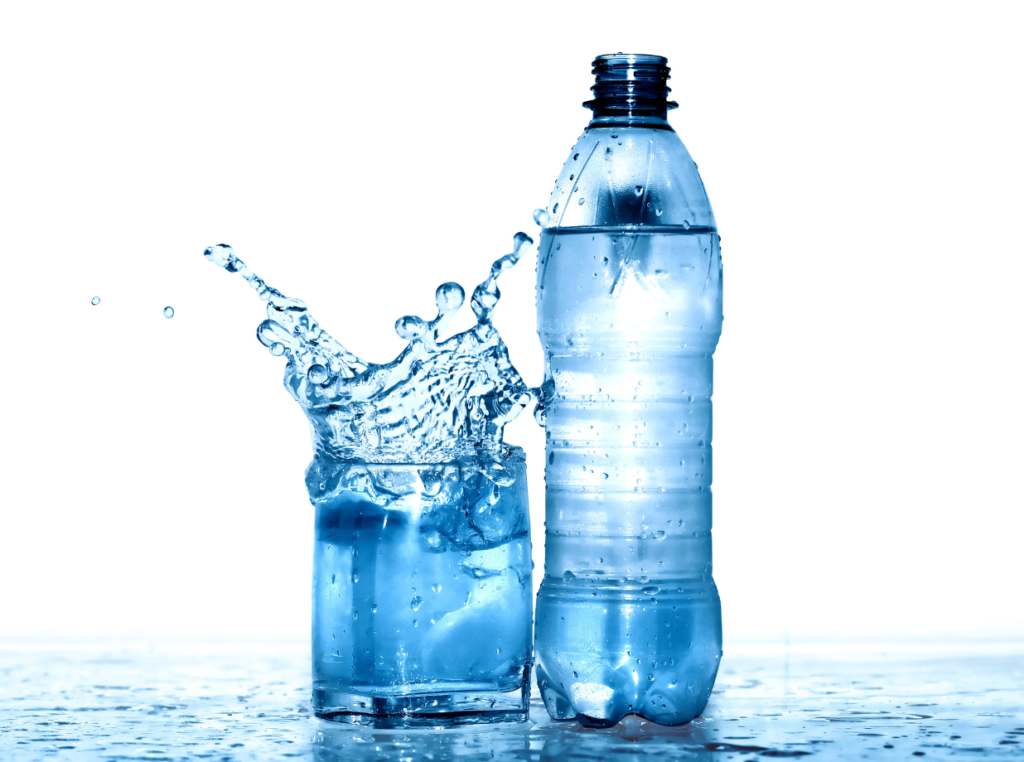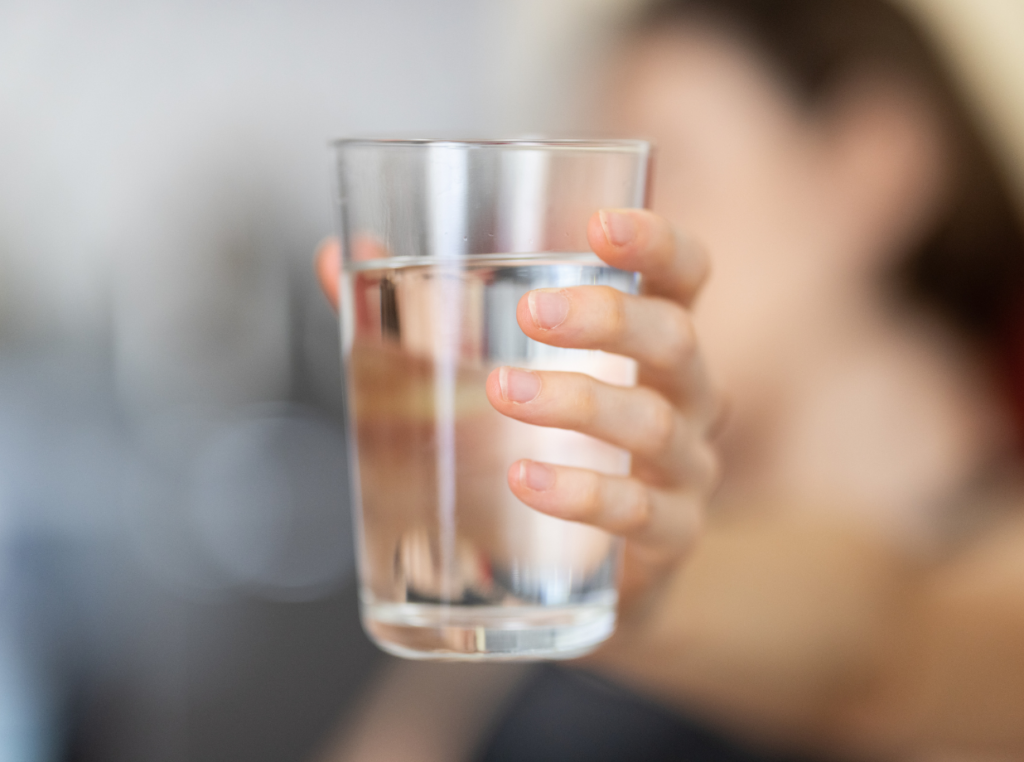Water distillation represents one of the most effective methods for purifying water at home. At the heart of this process lies the boiling chamber – the critical component that transforms ordinary tap water into pure, distilled water. Understanding how this chamber works and how to maintain it properly can significantly extend your distiller’s lifespan while ensuring you consistently produce the highest quality water possible.
Understanding the Water Distillation Process
Before diving into the specifics of the boiling chamber, it’s important to understand the basic distillation process. Water distillation mimics nature’s hydrologic cycle – evaporation, condensation, and precipitation – but in a controlled environment. When water is heated to its boiling point in the distiller’s boiling chamber, it converts to steam, leaving behind contaminants, minerals, and impurities that have higher boiling points than water.
This steam then travels through a cooling system where it condenses back into liquid form – now as pure, distilled water. The contaminants left behind in the boiling chamber form a residue that requires regular cleaning to maintain optimal performance. This simple yet effective process removes up to 99.9% of water impurities, including bacteria, viruses, heavy metals, and chemicals.
Heating Process & Steam Creation
The boiling chamber in a home water distiller serves as the foundation of the distillation process. This component houses the water during heating and contains the heating element that brings the water to its boiling point of 212°F (100°C). As the water reaches this temperature, it transforms into steam, which is the first crucial step in the purification process.
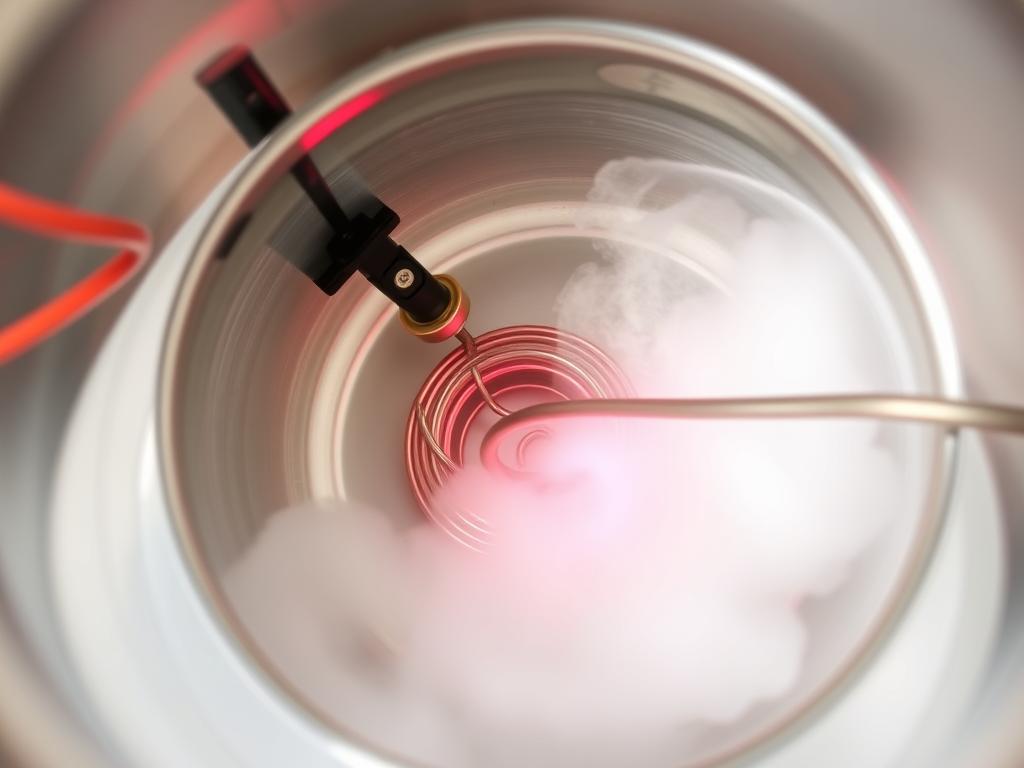
Electric vs. Stovetop Heating Methods
Home water distillers typically employ one of two heating methods:
Electric Heating Elements
Most modern home distillers use electric heating elements embedded within or beneath the boiling chamber. These elements typically range from 500 to 1000 watts, determining how quickly the distiller can process water. Higher wattage means faster distillation but also higher electricity consumption.
Electric elements offer precise temperature control and convenience, as many models include automatic shut-off features once the distillation cycle completes. This makes them ideal for regular, unattended use in home settings.
Stovetop Distillers
Less common but still available are stovetop distillers, which rely on external heat sources like gas or electric stoves. These models are typically more affordable upfront and don’t require electricity to operate, making them suitable for off-grid situations or emergency preparedness.
However, stovetop models require more attention during operation and lack the convenience of automatic features. They’re best suited for occasional use or as backup systems during power outages.
Material Choice: Stainless Steel Advantages
The material used to construct the boiling chamber significantly impacts both the quality of distilled water produced and the longevity of your distiller. Stainless steel has emerged as the gold standard for boiling chambers in quality water distillers, and for good reason.
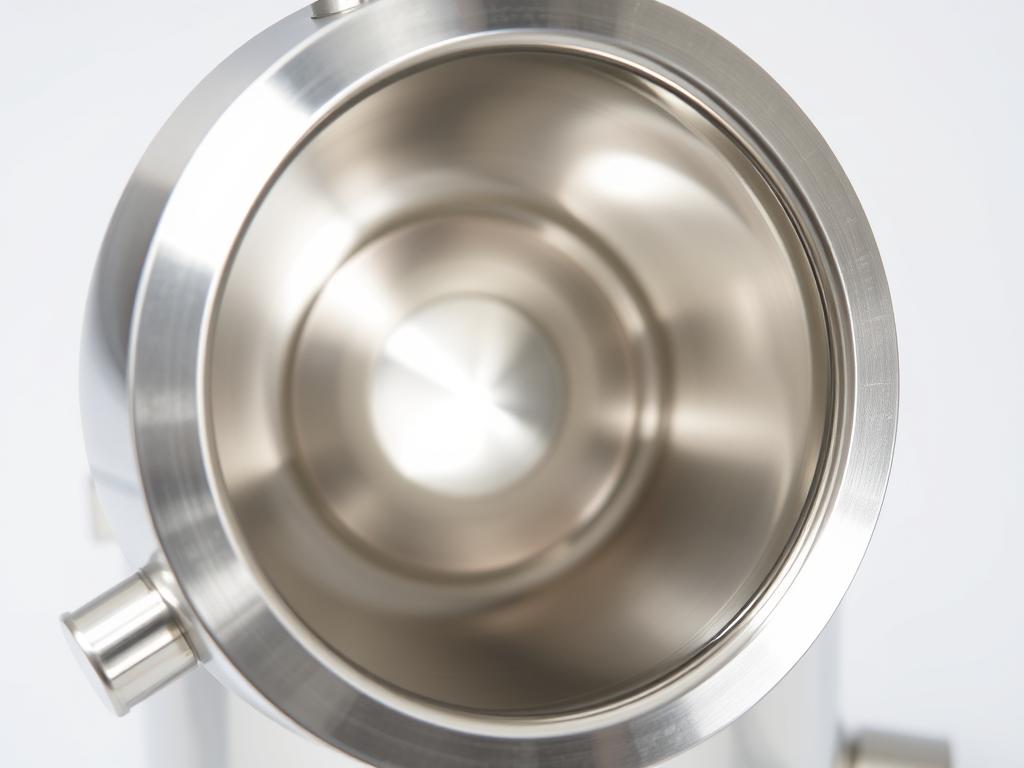
Advantages of Stainless Steel Boiling Chambers
- Superior corrosion resistance against mineral deposits and cleaning agents
- Excellent heat distribution for efficient and even boiling
- Doesn’t leach chemicals or alter the taste of distilled water
- Exceptional durability, often lasting 10-15 years with proper maintenance
- Easy to clean and sanitize, maintaining hygienic conditions
- Withstands high temperatures without degrading or releasing toxins
Limitations of Alternative Materials
- Plastic chambers can leach chemicals when exposed to high heat
- Glass chambers are fragile and prone to thermal shock and breakage
- Aluminum may react with minerals in water, potentially contaminating distillate
- Coated metals eventually deteriorate, exposing water to base metals
- Lower-grade metals corrode quickly when exposed to mineral buildup
- Non-stainless materials typically have shorter lifespans, requiring replacement
Grades of Stainless Steel
Not all stainless steel is created equal. The most common grades used in water distillers are:
| Grade | Properties | Best For |
| 304 Stainless Steel | Good corrosion resistance, food-grade quality | Standard home distillers |
| 316 Stainless Steel | Superior corrosion resistance, medical-grade | Premium distillers, hard water areas |
| 430 Stainless Steel | Moderate resistance, more affordable | Budget distillers, occasional use |
Capacity & Daily Water Production
The size of the boiling chamber directly determines how much distilled water your system can produce in a given timeframe. Understanding capacity considerations is crucial when selecting a distiller that meets your household’s needs.
How Chamber Size Affects Output
Most home water distillers feature boiling chambers ranging from 1 to 4 liters in capacity. A larger chamber doesn’t necessarily mean faster distillation – that depends on the heating element’s power. However, larger chambers do mean fewer refill cycles to produce the same amount of water.
For example, a 1-liter chamber might need to be refilled 4 times to produce the same amount of distilled water as a single cycle from a 4-liter unit. This becomes an important consideration if you’re not using an automatic-fill distiller.
| Boiling Chamber Capacity | Cycle Duration | Daily Output (24hrs) | Ideal For |
| 1 Liter | 3-4 hours | 6-8 liters | Single person, occasional use |
| 2 Liters | 4-5 hours | 9-12 liters | Couples, regular use |
| 4 Liters | 5-6 hours | 16-20 liters | Families, daily use |
| 8+ Liters (Automatic) | Continuous operation | 30+ liters | Large families, small businesses |
Pro Tip: When calculating your distilled water needs, consider all uses – drinking, cooking, appliances (like CPAP machines or humidifiers), and pets. Most individuals use 1-2 liters of drinking water daily, but total household needs can be much higher.
Maintenance Challenges & Solutions
The boiling chamber requires regular maintenance to ensure optimal performance and longevity of your water distiller. As water evaporates during distillation, minerals and contaminants are left behind, forming scale and deposits that can affect efficiency and water quality.
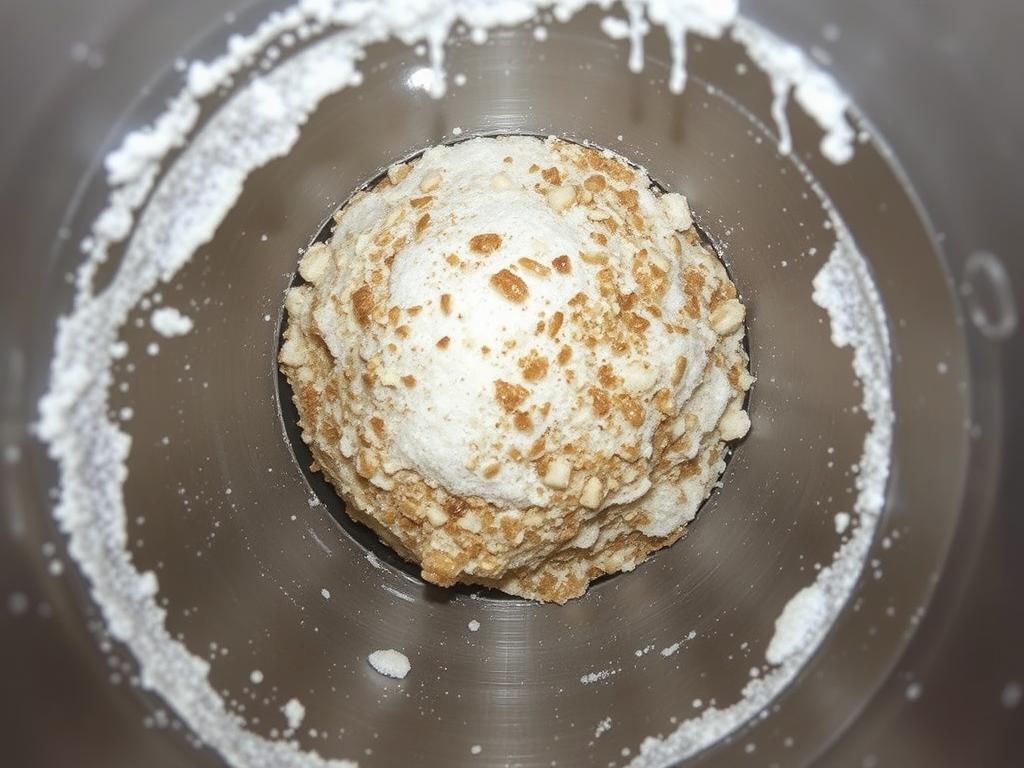
Understanding Scale Buildup
Scale buildup consists primarily of calcium and magnesium deposits, along with other minerals present in your source water. Areas with hard water will experience faster and more severe scaling. This mineral accumulation creates several problems:
- Reduced heating efficiency, leading to longer distillation cycles
- Increased energy consumption and operating costs
- Potential damage to the heating element
- Shorter lifespan of the distiller components
- Possible contamination of distilled water if buildup becomes severe
Signs Your Boiling Chamber Needs Cleaning
Watch for these indicators that it’s time to clean your distiller’s boiling chamber:
Performance Issues
- Longer distillation cycles than normal
- Reduced water output per cycle
- Distiller shutting off prematurely
Visual Indicators
- White, brown, or greenish deposits
- Flaking material in the chamber
- Discoloration of the chamber surface
Operational Signs
- Unusual noises during operation
- Overheating of the distiller unit
- Changes in taste of distilled water
Step-by-Step Cleaning Instructions
- Prepare the cleaning solution: You can use either specialized distiller cleaning crystals (typically citric acid-based) or a natural alternative like white distilled vinegar.
- Fill the boiling chamber: Add hot water to the chamber until it reaches the normal fill line.
- Add the cleaning agent: For cleaning crystals, add 2-3 tablespoons per gallon of water. For vinegar, use a 50/50 solution of vinegar and water.
- Let it work: For light scaling, let the solution sit for 30 minutes. For heavier buildup, you can run a partial distillation cycle for about 15-20 minutes (without collecting the distillate), then turn off the unit and let it cool.
- Scrub if necessary: For stubborn deposits, use a non-abrasive scrubbing pad or brush. Never use steel wool or abrasive cleaners that could scratch the stainless steel.
- Rinse thoroughly: Empty the cleaning solution and rinse the chamber multiple times with clean water to remove all cleaning residues.
- Run a rinse cycle: For extra assurance, you can run a short distillation cycle with clean water and discard the resulting distillate.
Important: Never use harsh chemicals like bleach or commercial descalers not specifically designed for water distillers. These can damage the chamber and potentially contaminate future batches of distilled water.
Pro Tips for Boiling Chamber Longevity
Extending the life of your distiller’s boiling chamber isn’t just about regular cleaning. These professional tips can help you maximize performance and minimize maintenance needs.
Maintenance Frequency Based on Water Hardness
The mineral content of your source water directly impacts how often you’ll need to clean your distiller’s boiling chamber. Use this guide to establish an appropriate cleaning schedule:
| Water Hardness | Characteristics | Recommended Cleaning Frequency |
| Soft (0-60 mg/L) | Minimal scale formation, light residue | Every 20-30 distillation cycles |
| Moderately Hard (61-120 mg/L) | Noticeable scaling, white deposits | Every 10-15 distillation cycles |
| Hard (121-180 mg/L) | Rapid scale formation, thick deposits | Every 5-10 distillation cycles |
| Very Hard (180+ mg/L) | Extreme scaling, potential element damage | After every 3-5 distillation cycles |
Advanced Maintenance Strategies
Pre-Filtering Your Source Water
Installing a simple carbon pre-filter or sediment filter before water enters your distiller can significantly reduce the mineral load on the boiling chamber. This is especially beneficial in hard water areas and can extend the time between deep cleanings.
Look for filters that specifically target calcium and magnesium, the primary components of scale. While this won’t eliminate the need for regular cleaning, it can make maintenance much easier and less frequent.
Preventative Maintenance Schedule
Create a regular maintenance calendar rather than waiting for performance issues. Light, frequent cleaning is much easier than removing heavy scale buildup and prevents damage to the heating element.
Consider adding a small amount of citric acid or vinegar to each batch of source water (about 1 teaspoon per gallon) to help prevent scale formation during the distillation process itself. This works particularly well for areas with extremely hard water.
“The quality of your distilled water is only as good as the cleanliness of your distiller’s boiling chamber. Regular maintenance isn’t just about longevity—it’s about ensuring the purity of every drop.”
Frequently Asked Questions
Can I use lemon juice instead of vinegar to clean my distiller’s boiling chamber?
Yes, lemon juice can be effective for cleaning a water distiller’s boiling chamber due to its citric acid content. Use approximately 1/4 cup of lemon juice per liter of water in the chamber. However, fresh lemon juice may leave some pulp residue, so strained juice or bottled lemon juice works best. While effective for light scaling, commercial cleaning crystals or white vinegar may work better for heavy mineral deposits.
How long should a quality stainless steel boiling chamber last?
A high-quality stainless steel boiling chamber in a home water distiller should last between 10-15 years with proper maintenance. Premium models using 316 stainless steel may last even longer. The lifespan depends greatly on maintenance frequency, water hardness, and usage patterns. Regular cleaning to prevent mineral buildup is the most important factor in extending the chamber’s useful life.
Is it normal for the boiling chamber to discolor over time?
Some discoloration of a stainless steel boiling chamber is normal over time, particularly a slight bluish or rainbow-like tint caused by heat exposure. However, brown or white deposits indicate mineral buildup that should be cleaned. Black spots could suggest corrosion, especially in lower-grade stainless steel. Regular cleaning helps minimize discoloration, but some color changes won’t affect performance or water quality.
Conclusion: Investing in Quality and Maintenance
The boiling chamber truly is the heart of any home water distiller. Its design, material quality, and maintenance directly impact both the purity of your distilled water and the longevity of your investment. When selecting a water distiller, prioritize models with high-grade stainless steel boiling chambers that match your household’s water consumption needs.
Remember that regular maintenance is not optional—it’s essential for optimal performance. By following the cleaning guidelines outlined in this article and establishing a maintenance schedule based on your water hardness, you can ensure your distiller produces pure, high-quality water for many years to come.
Ready to Improve Your Water Quality?
Whether you’re maintaining your current distiller or considering an upgrade, always consult your manufacturer’s manual for model-specific guidance on boiling chamber care and operation.

